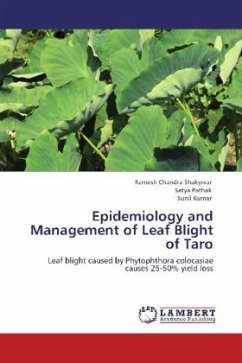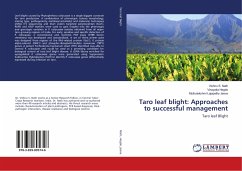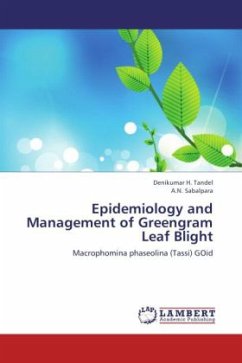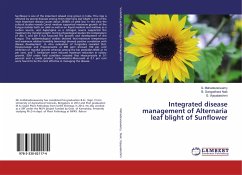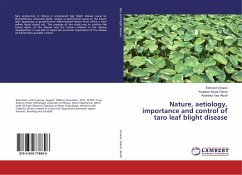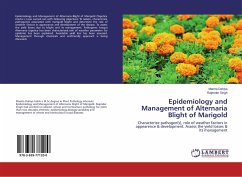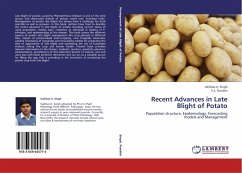Taro (Colocasia esculenta var. antiquorum) is tuber crop and belongs to the family Araceae. This crop grows wild in sub-Himalayan tract, peninsular region and North eastern region, mostly in waterlogged humid tropical areas. This crop is mainly cultivated in Bangladesh, Brazil, Egypt, India, Indonesia, Malaysia, Nigeria, Pacific region, Philippines, West Indies and few other countries. The work on Leaf Blight of Taro or Colocasia or Arvi or Ghuiyan is mostly confined to Solomon Island. The Organism actively involved in the scientific literature contributed by several oriental scientists and researchers. The parameters include isolation, inoculation, epidemiology and integrated approaches (oil seed cakes, cultural practices, screening of different genotypes, botanicals and various fungicides) tested against the leaf blight disease of taro. The book with sizable number of tables and illustrations will be useful to scholars and researchers working in the field of taro as well as fungus Phytophthora.

